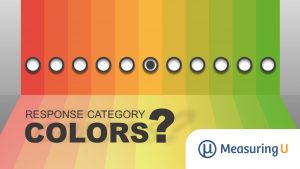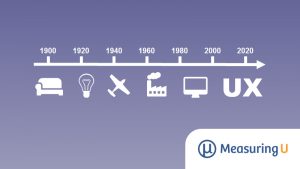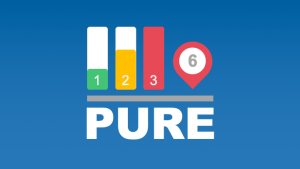
10 Things to Know about the Customer Effort Score
To have loyal customers you need satisfied customers. But is satisfaction enough to gain loyalty? Some argue that you need more than satisfaction. You need to consistently exceed expectations and delight your customers to generate loyalty. However, others have argued that instead of worrying about delighting customers, minimizing the effort customers need to expend to








